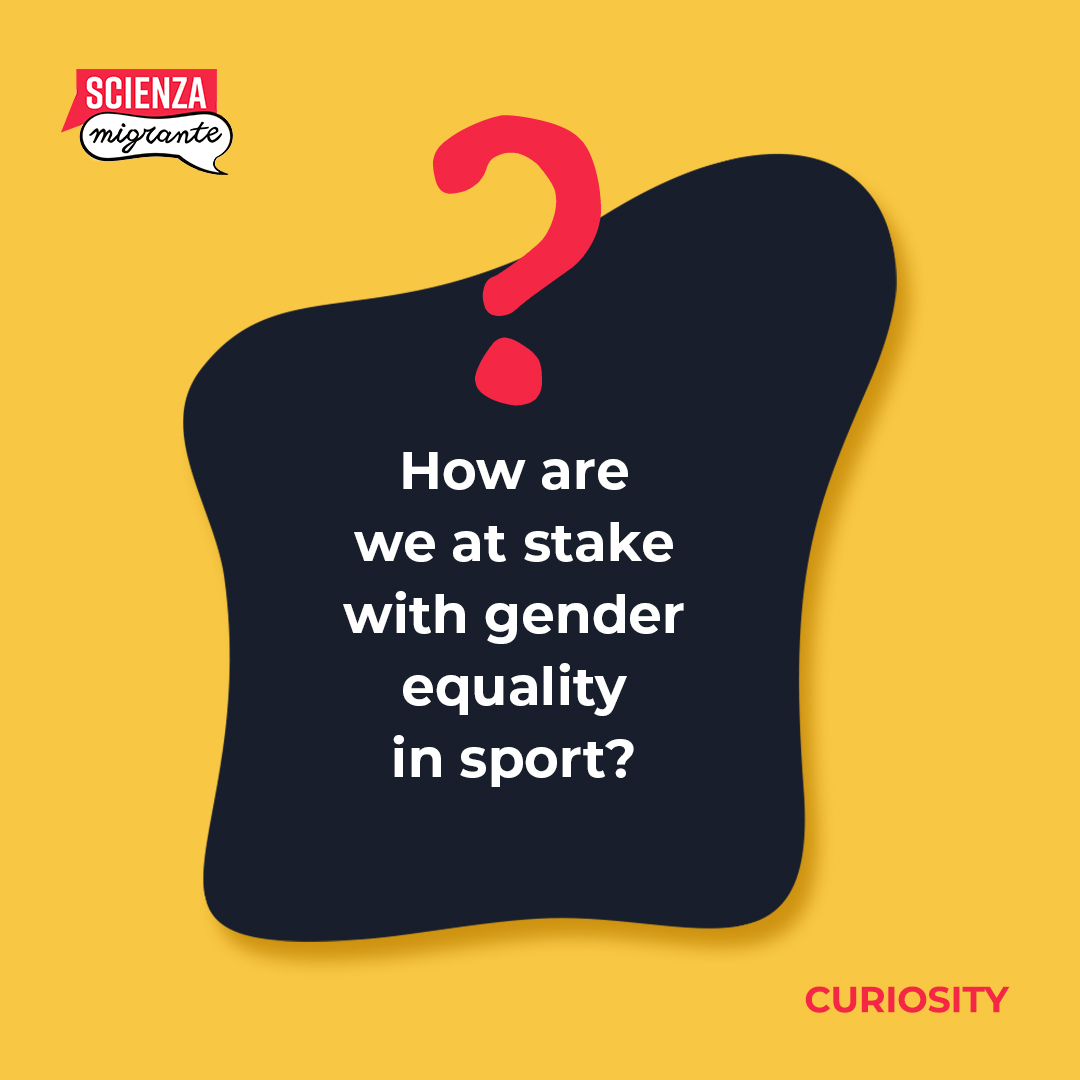
How are we at stake with gender equality in sport?
Mitra’s love for sport makes us think at all the benefits that this can have. It can be played just because you love it, or it could help facing difficulties, reaching dreams, being at ease with oneself and it can unite people above cultural and political differences and be a symbol for something bigger. The 2016 Olympic Games of Rio gave a message of hope to all the world with the creation of the first team of Refugee Olympic Athletes (ROA). Differently from the other teams, they do not have a country to represent, but the common experience of having been forced to escape from their homes. This gave, and keeps giving, attention to the world refugee crisis. Moreover, the International Olympic Committee finances sport programmes in camps and settlements and thousands of people can benefit from them. Sport can be a good ally in the process of healing wounds and protecting scars.
But how are we at stake with gender equality in sport?
It has been demonstrated that sport can boost women and girls’ empowerment, contribute to self-esteem, create social connections and challenge harmful gender norms. But, still today, women participation in sports is still lower than men’s. This happens also because of historical reasons. A common thought in the West of the 19th century was that sports could threaten femininity as they were considered masculine activities. Only in the 21st century, women’s participation took its space in the field and media, and a real increase in their participation dates to the 1970s, years in which girls started to access it in schools.
Still today female sports have less media coverage and fundings, investments and advertisements. This determines less opportunities for women that are not expected to make a living out of it and once they arrive at high levels, they are paid less. Nevertheless, this gap is narrowing significantly. They also have less media attention, play at less desirable times and in smaller facilities. They are unrepresented in all aspects of sports and especially regarding coaching and administration figures.
When athlete women are finally represented in the media, they are sexualized, and the coverage of their beauty overshadows their sporting accomplishments. This belittles the efforts put in their crafts. When women athletes do succeed, they regularly face online abuses and humiliations even in mainstream media and when they do speak, things get worse.
The parity is still far to be achieved even for cultural reasons. Sport is still considered a lower priority for female children and women tend to have less leisure time because of their roles as mother and housekeepers. Girls have a greater body image dissatisfaction than boys, mainly because of western criteria of beauty, that determine vicious circles in the decision of starting physical activities. Some of them are turned off from sports because still considered a male activity and, in parallel, studies demonstrated that sexual harassment and abuses by male coaches and peers are some of the main reasons of dropping out it.
Sometimes sport can change your life and that of many. It can be a tool for personal redemption or used to save – at the right time – other people’s lives. Women have been part of these processes. Katherine Switzer, Nadia Comănec, Larisa Latynina, Serena Williams, Yusra Mardini, Simone Biles are only some of those that became world models for their actions, dedication, passion and trust in their abilities and dreams.
Sport can be a tool for change. Many afro american female educators, coaches, and athletes like Sloan Greene personally witnessed the historic underrepresentation and marginalization of women and girls and decided to enact change with grassroots organizations like “Black Women in Sport Foundation”. This increased the role and participation of afro american women in all aspects of sport and society trying to fight racial and gender stereotypes. Women like Jemele Hill and C. Vivian Stringer have been catalysts for change in sports and in their local communities.
In the last decade women have made great strides towards gender equality in the world of sport but it was only in the Paris 2024 Olympic and Paralympic Games that full gender equality was reached – for the first time. This trend will continue as now women themselves encourage their daughters to take up sports but differences among countries are considerable. This is the reason why there is still the need today to enforce – worldwide – the right of girls and women to participate in physical education and sport at all levels and in parallel, protect their participation from violences.
Sport is a tool to achieve the gender equality that we are all waiting for, everywhere and for all.


